Skype: neodalle-travel
Tel: +86 135 7447 2266
E-mail: sales@zhangjiajieholiday.com
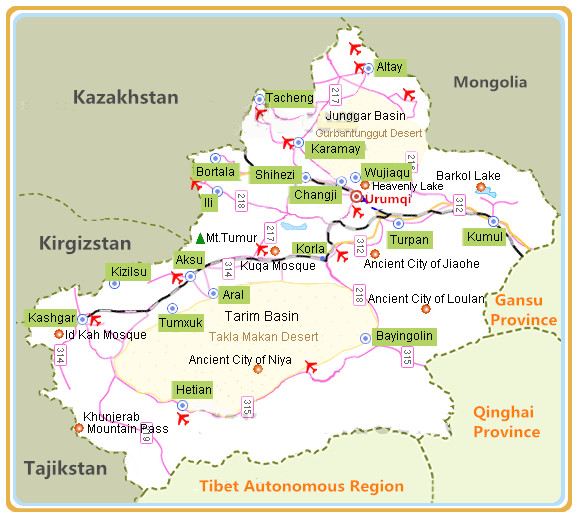 Korla or Kuerle, is the capital city of Bayingolin Mongol Autonomous Prefecture, in the centre of Xinjiang Uyghur Autonomous Region, in the Northwest of China.Located in the central part of Xinjiang, the southern foot of Tianshan Mountain, the northeastern edge of the Tarim Basin, the Tianshan branch in the north, and the second largest desert in the world in the south-- -- Taklimakan Desert, Korla City is one of the throat areas of the ancient Silk Road and one of the birthplaces of Western culture. It is also an important transportation hub and material distribution center in the north and south, and an important political, economic and cultural center in the region.
Korla or Kuerle, is the capital city of Bayingolin Mongol Autonomous Prefecture, in the centre of Xinjiang Uyghur Autonomous Region, in the Northwest of China.Located in the central part of Xinjiang, the southern foot of Tianshan Mountain, the northeastern edge of the Tarim Basin, the Tianshan branch in the north, and the second largest desert in the world in the south-- -- Taklimakan Desert, Korla City is one of the throat areas of the ancient Silk Road and one of the birthplaces of Western culture. It is also an important transportation hub and material distribution center in the north and south, and an important political, economic and cultural center in the region.
Facts of Korla
English Name: Korla or Kuerla
Chinese Name: 库尔勒市 (kù ěr lè shì)
Total Area: 7116.9 square kilometers (2747.9 square miles)
Nationalities: Mongol, Uyghur, Han, Kazak, Hui, Kirgiz, Xibe, Tajik, Uzbek, Tatar, Daur, Manchu and Russian
Zip Code: 841000
Area Code: 0996
Administrative Divisions: nine counties, three towns, five farms and five sub-district Offices
Neighboring Areas: Yuli County, Bohu County, Hejing County, Heshuo County, Luntai County
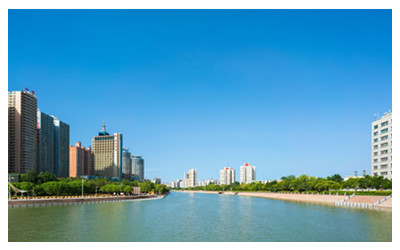 |
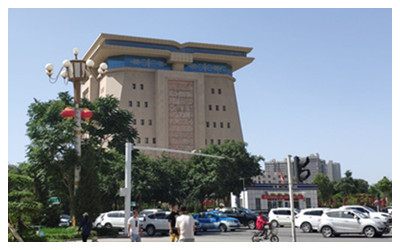 |
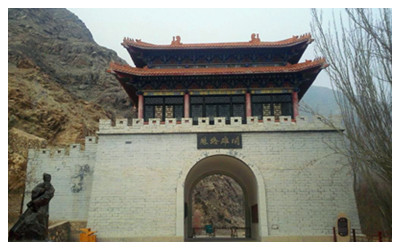 |
| Korla Peacock River | Bayingolin Museum | Korla Iron Gate Pass |
When to visit Korla?
Dominated by continental climate, the area is dry with light rainfall, a high evaporation rate, lots of sun and a huge temperature disparity between day and night; the total sunshine is about 3000 hours per year, and there is an average frost-free period of 210 days. In summer, the temperature can be as high as 40 C and in winter as low as -30 C. The prevailing winds in the area are northeasterly. The annual precipitation of the rainfall is 25-100 mm. The best time to visit this area is from August to September due to the comfortable weather conditions.
How to get to Korla?
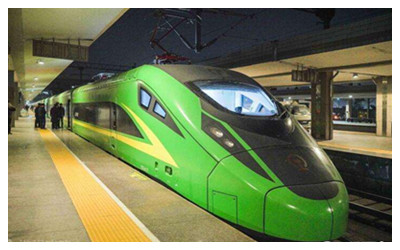 By Train: Korla Railway Station has trains running to Urumqi, Turpan and Hami in Xinjiang, then to the other provincial cities like Lanzhou, Xian and Chengdu.
By Train: Korla Railway Station has trains running to Urumqi, Turpan and Hami in Xinjiang, then to the other provincial cities like Lanzhou, Xian and Chengdu.
By Air: Korla has its own airport with flights to Chengdu, Jinan, Beijing and other big cities in China every week. It also has daily flights to nearby cities, such as Yining, Urumqi and Kashgar.
By Bus: There are several major national highways linking Korla with the nearby cities and tourist destinations in and around Xinjiang. Everyday, there are buses to Urummqi, Aksu, Kashgar, Karamay City, etc. The newly built dessert road runs through the Taklimakan and reaches Minfeng County and Hetian City.
By Taxi: It is convenient to hire a taxi in this city. The flag down fare is 5 Yuan and may vary according to the size of the vehicle.
Travel Tips
Local Highlights: Singing and dancing are integral parts of the local life and have been around for centuries. Influenced by the ancient Silk Road civilizations, the song-and-dance styles have developed their own unique charm. Uyghur traditional and folk dances are very popular here, including the Bowl Dance, Big Drum Dance, Hoop Dance, Puta Dance, and the Synime, Xiadiyana, Nazirkom and Maixilaipu dances.
Special Local Products: Sweet Pear, Tomato, Muskmelon, Little Apricot In White, Fig, Mulberry, Raisin, Badamu, Cantaloup
 Ask Questions ?
Ask Questions ?